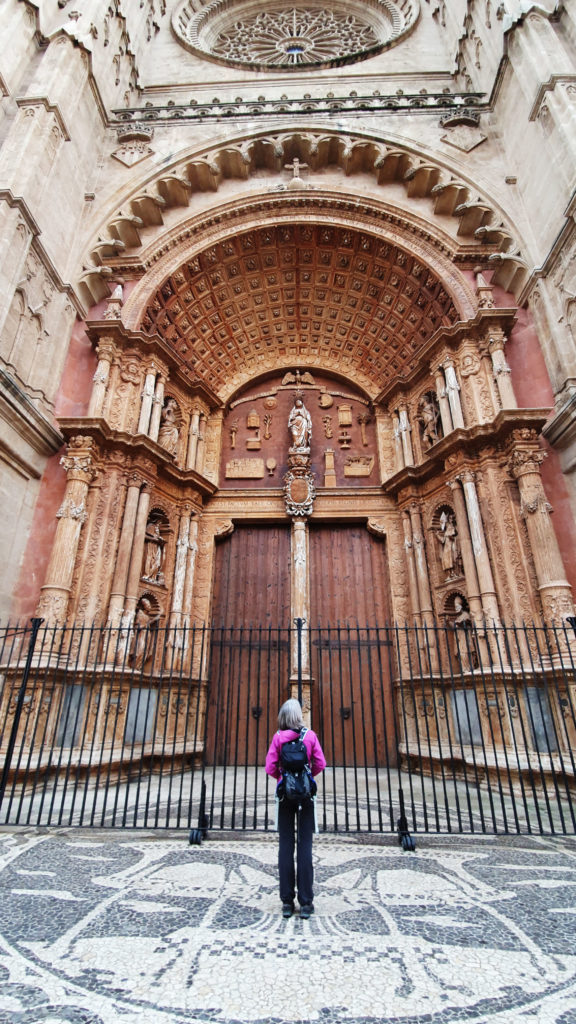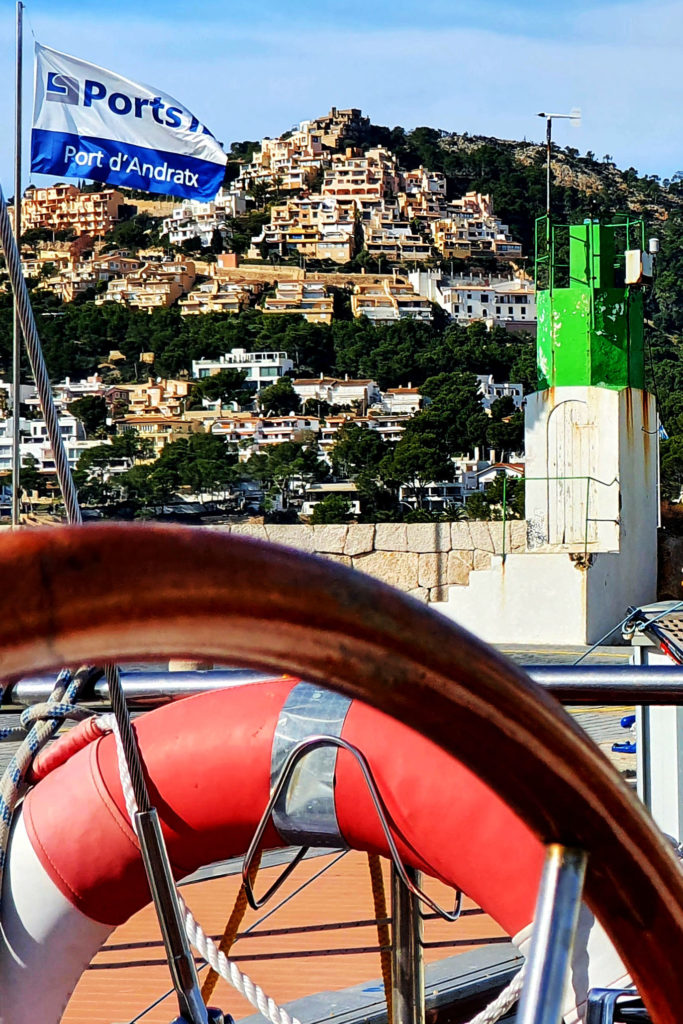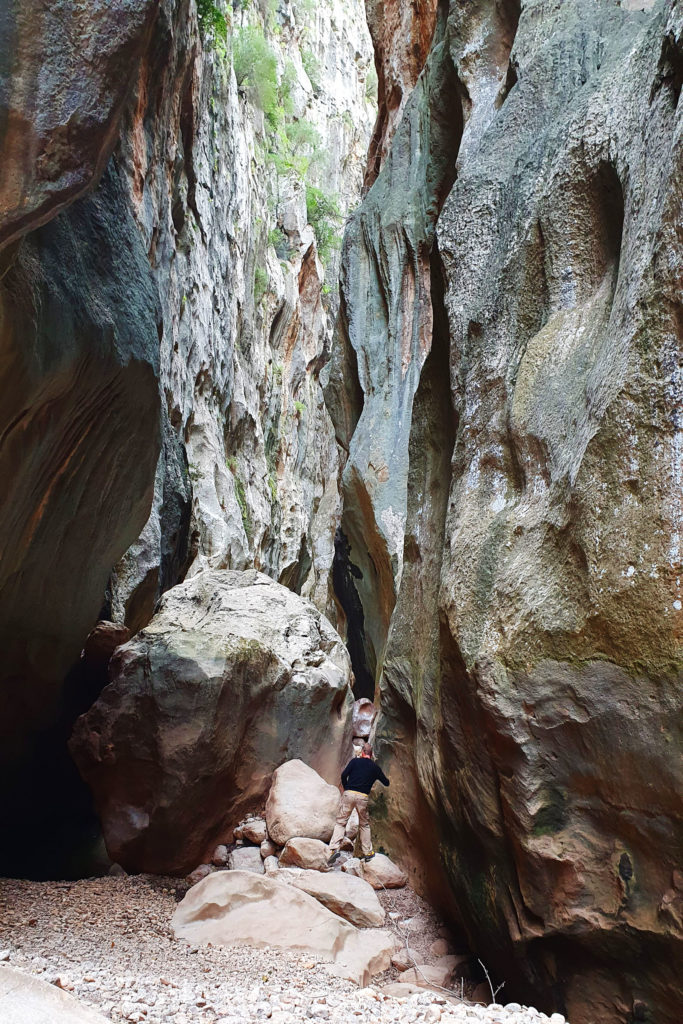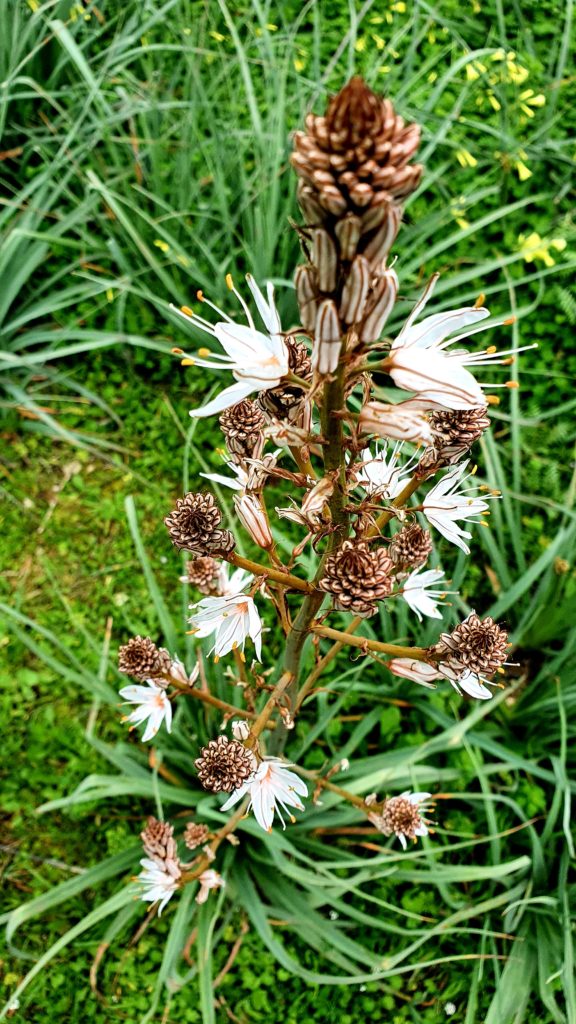Cleaning ladies’ island, Teutonic grill, alcohol corpses, mass tourism – when I enter the bay of Palma de Mallorca, I expect the most embarrassing place in the world (after Zurich and Las Vegas). Two months later, however, I have also seen a beautiful island. Only: Where does this penetrating smell of cat piss come from?
A huge brown Gothic nave emerges from the morning haze. Countless pointed turrets rest on even more pillars. Palma Cathedral sits by the sea, among sand-colored palaces with Arab-looking archways. A city wall, palm trees, cypresses, urban car traffic. There is nothing embarrassing about this view. This is not a plastic product for package tourists, but a real place. Cosmopolitan. Generous. Busy. Mass tourism and the Ballermann beach S’Arenal are at most the last chapter of a long history.
Fabulous penetrance
Sadly: The unholy alliance of money and overtourism clutters up at every turn with fabulous penetrance: next to every sandy beach on Mallorca’s coast – and there are many beaches in many romantic bays – a hotel complex lolls about. Better yet, an entire vacation village. The hills of Port d’Andraxt, for example, are cleared and cemented up to the neck with houses in which not a single light burns at night. Here, everything that could somehow be terraced and flattened is sold. Even in the most undestroyed part of the island, the mountainous Serra de Tramuntana, you can find parking lots bigger than football fields.
Mountains like hammer
Nevertheless, it is the Serra de Tramuntana that blows my mind away. Which Mediterranean island has such a beautiful mountain range? Cracked limestone, karstified especially towards the east, gray with orange flashes. Towers, figures, faces. Vertical cliffs. In between, large fertile plains where the ghostly eyes of ossified olive trees stare ominously into time. Lemons and oranges pile up on trees and on the ground – Corona has seen hotel demand plummet. There are forests, ravines, small villages, a loving touch of culture in the old house of British author Robert Graves. I read his son’s book (William Graves: Wild olives) and try to imagine what it was like to grow up in Mallorca after WW II.
And over everything hovers the penetrating smell of cat pee.
Even if it would fit so well into the litany of my prejudices: The culprits are not the feral pets of vacation home owners. The German-language “Mallorca Magazin” (5.5.2011) holds a bulbous plant responsible for the stench: The Asphodelus miorcarbis, albus or aestivus pokes out of the ground before many other plants after the first abundant rains. Enough for the ancient Greeks to fondle this plant as a sign of continued life after death. Personally, I do not think a continued life in this smell is necessarily desirable, but smells like tastes are different.
Challenging North coast
With my wife, we circumnavigate the island in an anti-clockwise direction. In January, this direction has its pitfalls. The mistral has been hammering Mallorca’s north coast for days, easterly winds are rare. We park the boat in Port de Polença and get on our bikes. After she departs, there is a very short weather window with an easterly wind. The disadvantage: the wind change comes at night. And blows full against the old swell, which sets up the waves. I reach Port de Soller at four o’clock in the dark. It is the only sheltered harbour on the coast and I am lucky not to get caught in any buoys in the dark.






